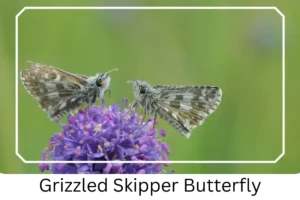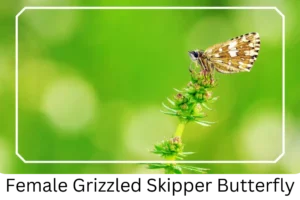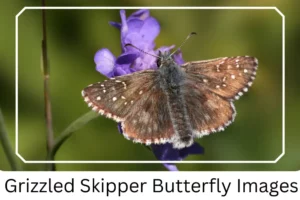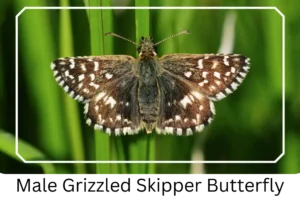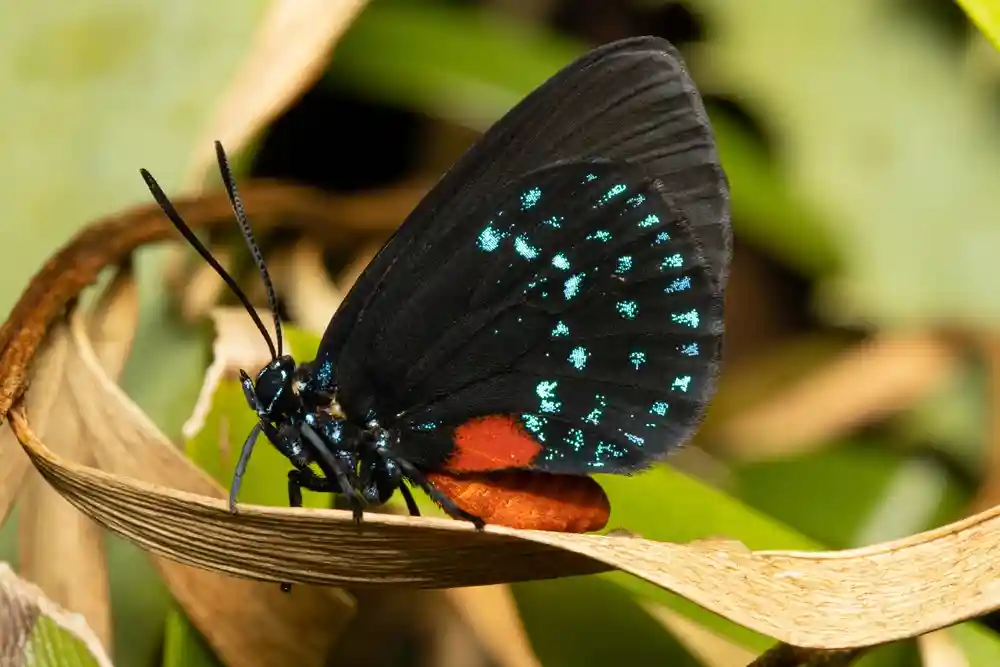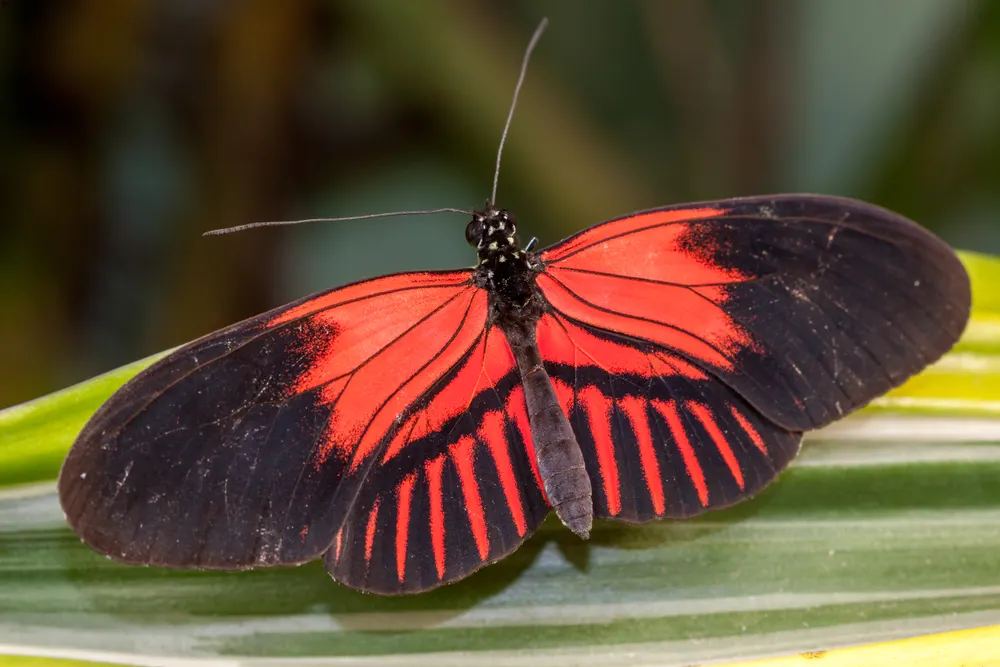Grizzled Skipper (Pyrgus malvae)
The Grizzled Skipper is a captivating species of butterfly, known for its small size and fast-flapping wings. These butterflies are a common sight in the warmer months of spring and summer, basking in the sunlight of open fields and vibrant, flowering landscapes. Their presence adds a dynamic element to the ecosystems they inhabit, serving as pollinators and indicators of environmental health.
Scientific Classification
- Family: Hesperiidae
- Genus: Pyrgus
- Scientific Name: Pyrgus malvae
Overview
This diminutive butterfly species, with its swift and erratic flight patterns, plays a significant role in the pollination process, contributing to the biodiversity of their habitats. Grizzled Skippers are not just a wonder to observe but also an essential part of maintaining the ecological balance in their native regions.
Description and Identification
Caterpillar
The journey of the Grizzled Skipper begins with its caterpillar stage, which starts as a green larva adorned with longitudinal lines. As it matures, the caterpillar undergoes a transformation into a light brown hue, preparing for its next stage of life.
Pupa
The chrysalis phase is fascinating, with the initial light green color of the chrysalis gradually shifting to brown. This transformation signifies the butterfly’s development and the imminent emergence of the adult.
Adult Butterfly
Sexual Dimorphism: Adult Grizzled Skippers exhibit a subtle difference between males and females; males have slightly angular wingtips, whereas females display rounded tips.
Color and Appearance: The adult butterfly’s wings, when open, showcase a distinctive checkered pattern of black to gray-black and white, with the smaller secondary wings appearing solid black to brownish black. The underside of the hindwings reveals a gray-brown to black checkered pattern with whitish spots and white veins when the wings are closed.
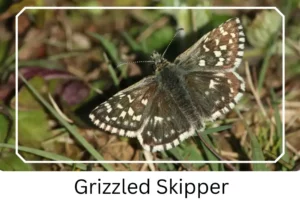
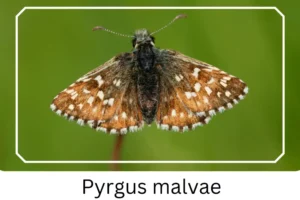 Average Wingspan: The wingspan of the Grizzled Skipper ranges from 2.5 to 3.3 inches, a testament to its petite stature.
Average Wingspan: The wingspan of the Grizzled Skipper ranges from 2.5 to 3.3 inches, a testament to its petite stature.
Flight Pattern: Characterized by swift and erratic movements, the flight of the Grizzled Skipper is a mesmerizing dance in the air.
Eggs
The reproductive cycle of the Grizzled Skipper includes the laying of white, elongated eggs, singularly placed on the leaves of host plants, marking the beginning of a new generation.
Quick Facts | |
| Distribution | The Grizzled Skipper graces various regions, from Europe to North America, including Alaska, Ontario, Michigan, Labrador, Quebec, the Appalachians, the Rocky Mountains, and New Mexico. |
| Habitat | They thrive in a diverse array of environments, such as open forest edges, shrubby areas, flowering gardens, grassy hillsides, tundras, valley bottoms, barren lands, scrub oak openings, and meadows. |
| Lifespan of Adults | One to two weeks. |
| Host Plants | Preferred host plants include Agrimony, creeping cinquefoil, and wild strawberry, which provide the necessary nourishment for their larvae. |
| Adult Diet | Adults primarily feed on the nectar of flowers, playing a crucial role in pollination. |
How to Identify Grizzled Skipper?
Identifying a Grizzled Skipper can be an intriguing process, especially for those new to butterfly watching. Key features include their small size, rapid wing movement, and distinctive wing patterns. The adult Grizzled Skipper’s checkered black, gray-black, and white wings are unmistakable when open, and their closed wing underside patterns are equally distinctive. Observers should also note the angular wingtips in males compared to the rounded tips in females. These skippers frequent sunny, open spaces, particularly where their preferred blue- and violet-colored flowers bloom, providing ample opportunities for identification.
Did You Know?
- Grizzled Skippers have a preference for plants with blue- and violet-colored flowers, a choice that not only aids in their camouflage but also meets their nectar needs.
- Despite their small size, Grizzled Skippers are capable of rapid and long-distance flights, showcasing their adaptability and resilience.
Conclusion
The Grizzled Skipper, with its distinct characteristics and behaviors, is a fascinating subject for both amateur and experienced lepidopterists. Understanding and appreciating these butterflies is not just about recognizing their beauty but also about acknowledging their role in our ecosystems. Observing and preserving Grizzled Skippers can offer insights into the health of our environments and the importance of biodiversity.

